Content Curation
What is Content Curation?
Content curation is the process of finding, organizing, and sharing content from other sources that is relevant to your audience. Unlike content creation, which involves producing original material, content curation focuses on gathering existing content that provides value, insights, or entertainment to your audience. Curated content can include articles, blog posts, videos, infographics, social media posts, and more.
Why is Content Curation Important?
Content curation is important because it helps fill gaps in your content calendar without the need to create new material from scratch. It allows you to provide valuable content consistently, keeping your audience engaged and informed. Curating content from reputable sources can also help establish your brand as a trusted resource and thought leader in your industry.
Additionally, content curation can save time and resources, making it easier to maintain a steady flow of content. By sharing high-quality content from other sources, you can broaden your content mix, offer diverse perspectives, and strengthen relationships with other content creators.
Best Practices for Content Curation
1. Know Your Audience
Understand your audience's interests, needs, and preferences. Curate content that is relevant and valuable to them. Tailoring your curated content to your audience's interests ensures it resonates and engages effectively.
2. Use Reliable Sources
Curate content from reputable and authoritative sources. Ensure that the content you share is accurate, up-to-date, and trustworthy. Citing reliable sources enhances your credibility and trustworthiness.
3. Add Your Commentary
When sharing curated content, add your own insights, opinions, or commentary. Providing context and analysis helps personalize the content and demonstrates your expertise. It also encourages engagement and discussions with your audience.
4. Maintain a Balance
Balance curated content with original content. While content curation can supplement your content strategy, it should not replace original content creation. Strive for a mix that keeps your content fresh and unique.
5. Attribute Properly
Always give credit to the original creators of the content you curate. Provide proper attribution by linking to the source and mentioning the author. Ethical curation practices build trust and respect within the content community.
6. Use a Variety of Formats
Curate content in different formats to keep your audience engaged. Include articles, videos, infographics, podcasts, and social media posts. Diverse formats cater to different preferences and enhance the overall content experience.
7. Curate Content Regularly
Make content curation a regular part of your content strategy. Schedule curated content consistently to maintain a steady flow of valuable information for your audience. Use tools and platforms to streamline the curation process.
8. Leverage Content Curation Tools
Utilize content curation tools and platforms to discover, organize, and share content efficiently. Tools like Feedly, Pocket, Curata, and Scoop.it can help you find high-quality content and manage your curation efforts.
9. Engage with the Original Creators
Build relationships with the original creators of the content you curate. Engage with them on social media, comment on their posts, and share their work with proper credit. Positive interactions can lead to collaborations and mutual support.
10. Measure and Analyze
Track the performance of your curated content to understand its impact on your audience. Use analytics tools to measure engagement, shares, and feedback. Analyzing the performance helps refine your curation strategy and improve future efforts.
By following these best practices, you can effectively curate content that adds value to your audience, enhances your content strategy, and supports your overall marketing goals.
For more terms, return to the content marketing glossary and freelance writing glossary.

